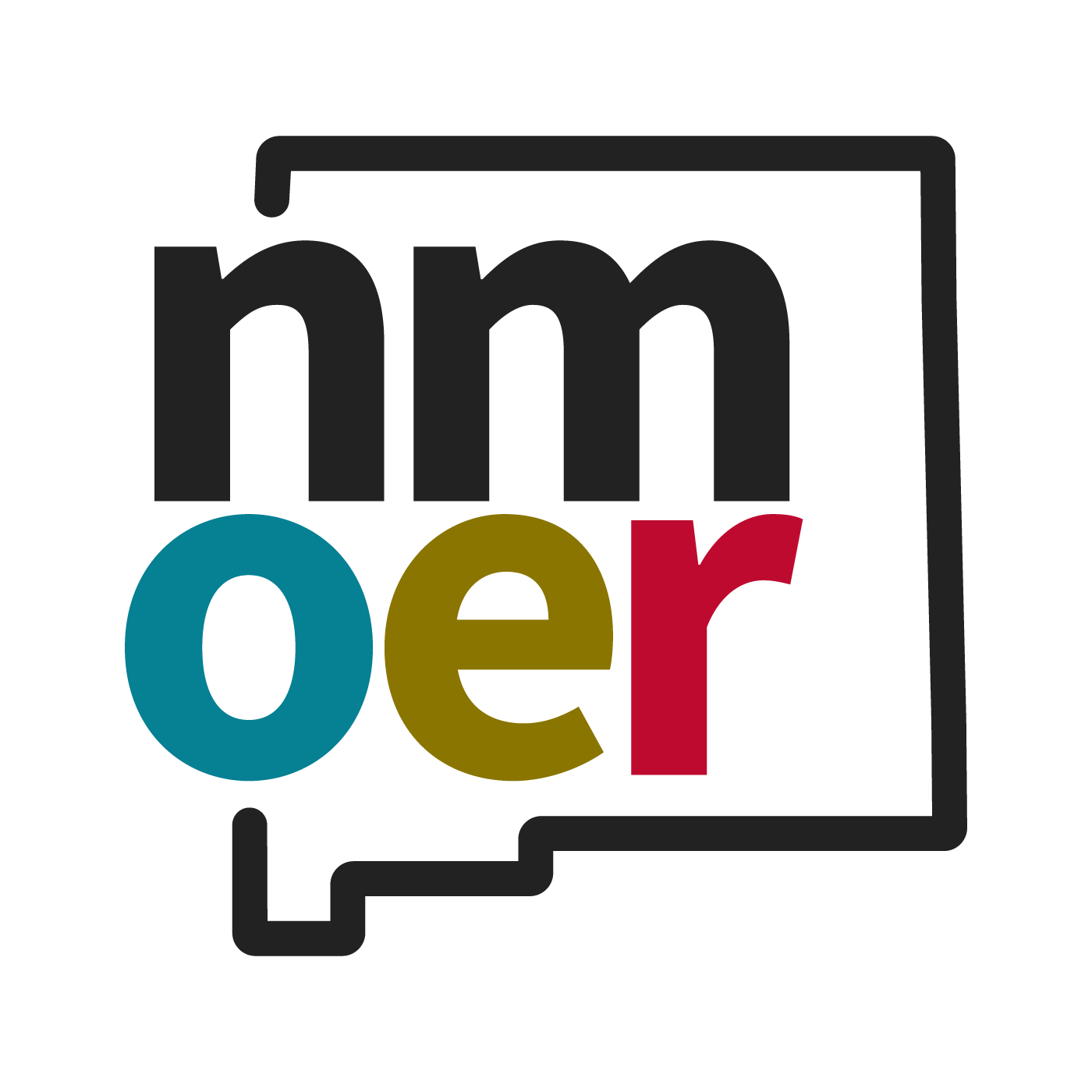Chapter 27: Navigating Ethical Challenges
Chapter Learning Objectives
- 27.1 Identify common ethical challenges in the workplace, including conflicts of interest, confidentiality issues, and pressure to compromise values. (SLO 1, 5)
- 27.2 Apply ethical decision-making models to evaluate complex situations and determine appropriate courses of action. (SLO 1, 5)
- 27.3 Demonstrate strategies for responding to unethical behavior, including reporting procedures, seeking guidance, and maintaining personal integrity. (SLO 1, 2, 5)

Ethical challenges are inevitable in the workplace, where diverse perspectives, goals, and power dynamics intersect. Navigating these challenges with integrity and professionalism is essential for fostering trust, maintaining a positive work environment, and upholding personal and organizational values. In this chapter, we examine how to identify and address workplace dilemmas such as conflicts of interest, responding professionally to sexual harassment and balancing personal and professional responsibilities while adhering to ethical principles.
Identifying and Addressing Workplace Dilemmas
Workplace dilemmas often involve situations where the “right” course of action may not be immediately clear. Recognizing and resolving these dilemmas requires careful analysis and a commitment to ethical decision-making.
The first step to addressing workplace dilemmas is to recognize when they are happening. Some of the most common dilemmas are conflicts of interest, unethical practices and moral ambiguity. Knowing what they are can help you recognize them in your team or in your own actions.
Conflicts of interest occur when personal interests or relationships could influence professional decisions. For example, hiring a close friend for a role without considering other qualified candidates can create bias and erode trust. Unethical practices are situations such as witnessing fraud, dishonesty, or breaches of company policy that require immediate attention. Ignoring these behaviors can harm the organization and its stakeholders. Moral ambiguity is where there are competing ethical values, such as balancing transparency with confidentiality, require nuanced judgment.

Once you recognize something needs to be addressed, there are several steps you can follow. Start with identifying the stakeholders. Consider who will be affected by the decision, including colleagues, clients, and the organization. Determine which ethical principles (e.g., honesty, fairness, accountability) are most relevant to the situation. Consult your organization’s policies and guidelines such as the code of conduct, employee handbook, or relevant regulations to inform your actions. Discuss the dilemma with a trusted mentor, supervisor, or HR representative to gain perspective and guidance. Once you’ve assessed the situation take decisive action. Act in a manner that aligns with ethical standards and minimizes harm. For example, if you discover inaccurate financial reporting, escalate the issue through appropriate channels.
How to report misconduct might be different in every organization, but having a general idea of what you should do or have ready is a good place to start. Follow reporting procedures of your organization and use the established channels, such as an ethics hotline or HR department, to report unethical behavior. Likely as part of your report you will have to document evidence. Maintain detailed records of incidents, including dates, times, and witnesses, to support your claims. Finally, protect confidentiality. Ensure that reports are handled discreetly to safeguard the privacy of all parties involved.
Responding to Sexual Harassment Professionally
Sexual harassment is a serious ethical and legal issue that undermines workplace safety and equality. The U.S. Equal Employment Opportunity Commission describes Sexual Harassment as:
“Harassment can include “sexual harassment” or unwelcome sexual advances, requests for sexual favors, and other verbal or physical harassment of a sexual nature.
Harassment does not have to be of a sexual nature, however, and can include offensive remarks about a person’s sex. For example, it is illegal to harass a woman by making offensive comments about women in general.
Both victim and the harasser can be either a woman or a man, and the victim and harasser can be the same sex.
Although the law doesn’t prohibit simple teasing, offhand comments, or isolated incidents that are not very serious, harassment is illegal when it is so frequent or severe that it creates a hostile or offensive work environment or when it results in an adverse employment decision (such as the victim being fired or demoted).
The harasser can be the victim’s supervisor, a supervisor in another area, a co-worker, or someone who is not an employee of the employer, such as a client or customer.” (U.S. Equal Employment Opportunity Commission, 2025).
Responding to such incidents requires professionalism and adherence to company policies. Sexual harassment might be any combination of verbal, physical or visual conduct of a sexual nature. It can create a hostile work environment when pervasive harassment creates an intimidating or offensive workplace. This can include inappropriate jokes, comments, or physical actions. Quid pro quo harassment involves coercion, where job benefits (e.g., promotions, raises) are contingent on tolerating unwelcome advances.
Video: Recognizing and Preventing Retaliation in the Workplace
Watch this video about recognizing and preventing retaliation in the workplace:
When you are aware of sexual harassment, you are responsible for addressing it. Document the incidents or reports. If possible, keep detailed records of harassment, including dates, times, locations, and witnesses. Specific documentation strengthens your case if you choose to report the behavior. If you feel safe doing so, communicate boundaries. Clearly tell the harasser that their behavior is unwelcome.
For example, say, “I’m uncomfortable with your comment, and I ask that you stop.”
Notify your supervisor, HR department, or a designated company representative about the harassment. If internal reporting is ineffective or unsafe, consider filing a complaint with external agencies like the Equal Employment Opportunity Commission (EEOC).

If you experience sexual harassment, seek support. Reach out to trusted colleagues who can help you make the report and support groups for guidance and emotional support during the process.
Advocate for training in your organization and take required training seriously. Encourage your organization to implement regular anti-harassment training to educate employees on acceptable behavior and reporting procedures. Support colleagues who may be experiencing harassment by listening without judgment and offering to accompany them when reporting incidents. Finally, everyone can lead by example by maintaining professional boundaries and addressing inappropriate behavior immediately.
Balancing Personal and Professional Responsibilities
Balancing work and personal obligations is a common ethical challenge, particularly when responsibilities conflict. Maintaining this balance requires prioritization, clear communication, and self-awareness. Like other ethical dilemmas mentioned in this chapter, balancing personal and professional ethics starts with recognizing conflicts.
Some examples of personal vs. professional responsibilities include time conflicts, emotional strain and blurring boundaries. Balancing demanding work schedules with family, health, or personal commitments can lead to stress and ethical dilemmas. Situations such as caregiving or personal crises can affect your ability to perform at an optimal level at work. Additionally, overcommitting to work at the expense of personal time can lead to burnout and resentment. You have an ethical responsibility to both yourself personally and the work you have committed to.
Setting clear boundaries is a starting point for finding “balance” between personal and professional responsibilities. For example, define specific times for work and personal activities and enforce that. With communication apps on our cell phones or access to email easily available from a home computer, setting boundaries can be challenging. or instance, make a rule to avoid answering work emails during family dinners or personal time. Or, wait until your break or lunch to confirm the evening’s plans with friends.

Communicating your boundaries with those who are impacted, like your family and friends or your coworkers can set expectations of when they will get a response from you. Be transparent with your employer about personal challenges that may affect your availability. For example, if you’re caring for a sick relative, discuss flexible scheduling options with your manager. Use tools like task lists or time-blocking to focus on high-priority activities and delegate or defer non-essential tasks. Allocate time for activities that promote mental and physical well-being, such as exercise, hobbies, or relaxation.
Leaders in organizations may not always be able to give you time off or meet every request for your personal needs as they also have to ensure the job gets done. However, leaders can lead by example. Demonstrating a healthy work-life balance to encourage the team to do the same. For example, avoid sending emails late at night to set boundaries for after-hours communication. Even if all requests for accommodations can’t be met, considering alternatives can show support for individuals and help employees work more effectively.
Be proactive in identifying signs of burnout or stress among team members and address them with compassion.
Conclusion
Navigating ethical challenges requires a strong commitment to integrity, professionalism, and empathy. By recognizing and addressing workplace dilemmas, responding to sexual harassment professionally, and balancing personal and professional responsibilities, you can uphold ethical standards while fostering trust and respect. These practices not only protect individuals and organizations but also contribute to a healthier and more equitable work environment. Developing these skills equips you to handle ethical challenges with confidence, ensuring your actions align with both your values and professional responsibilities.
How to cite this chapter:
Hamby, C., McNack, L. and Wooldridge, T. (2025). Chapter 27: Navigating Ethical Challenges. In Pouska, B. (Ed.), Business Professionalism. New Mexico Open Educational Resources Consortium Pressbooks. https://nmoer.pressbooks.pub/businessprofessionalism/
Licenses and Attributions
References
EEOC Office. (2018). Recognizing and preventing retaliation in the workplace [Video]. YouTube. (Licensed under Standard YouTube License – All Rights Reserved.)
U.S. Equal Employment Opportunity Commission. (2025). Sexual harassment. https://www.eeoc.gov/sexual-harassment
Original Chapter Source
Original chapter source: Adapted from Navigating the Professional World: A Guide to Business Etiquette by Courtney Hamby, Leshay McNack, and Tena Wooldridge.

